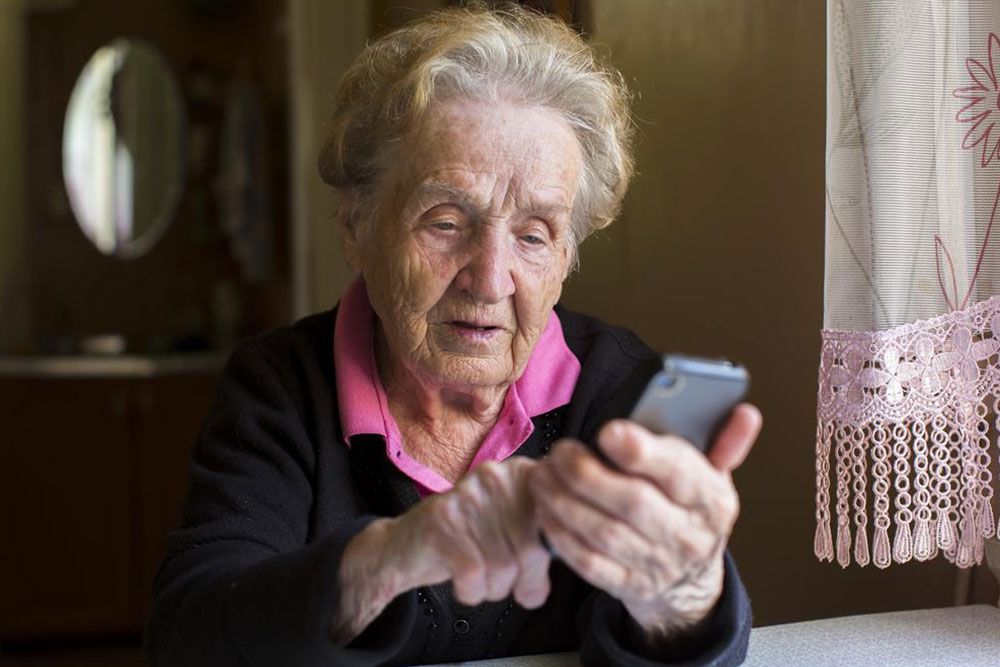Guidelines to Access Free Mobile Phones for Older Adults
Discover how seniors can access free or affordable mobile phones through government programs. This guide explains eligibility requirements, popular providers, key features, and simple setup tips tailored for older adults. Learn about benefits like free minutes, texts, and emergency contacts, ensuring seniors stay connected and safe. The process is straightforward, involving online applications and verified eligibility, making it accessible for many seniors seeking reliable communication solutions.

Guidelines to Access Free Mobile Phones for Older Adults
Obtaining a free cell phone for seniors depends on eligibility, which includes specific income criteria. It's essential to explore various plans tailored for seniors. Three major providers—Assurance Wireless, SafeLink Wireless, and Reachout Wireless—offer subsidized or free mobile phones. Their official websites provide details and comparison options to help you identify the best fit. The setup process is similar across these providers, offering benefits like free minutes, texts, and no contractual obligations. These programs prioritize simplicity and accessibility for seniors.
Up to 250 minutes of complimentary calls
250 free text messages
No contractual commitments
No hidden fees
Option to add extra minutes and texts at low costs
Eligibility requires participation in programs like Medicaid, food assistance, supplemental security income, temporary assistance, rental support, federal housing aid, the National School Lunch Program, or energy assistance. To qualify, visit the respective websites and complete the application forms online, submitting proof of eligibility.
After verification, seniors will receive their free mobile devices seamlessly. This government-backed initiative simplifies access to essential communication tools.
Devices offered are user-friendly, emphasizing basic functions over advanced features. They are ideal for emergencies, with unlimited calls and texts, and generally exclude social media apps. Data services are optional, providing flexibility based on individual needs.
Choose phones with backlit screens and large buttons for better visibility. Pre-program emergency contacts—such as family, healthcare providers, emergency services—and teach seniors how to use speed-dial options. Additional minutes can be purchased at minimal cost, and voicemails, caller ID, and call waiting should be standard features to enhance usability.










